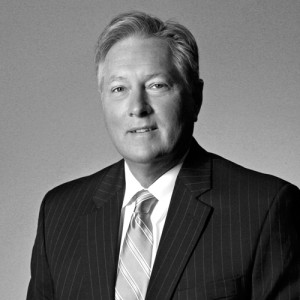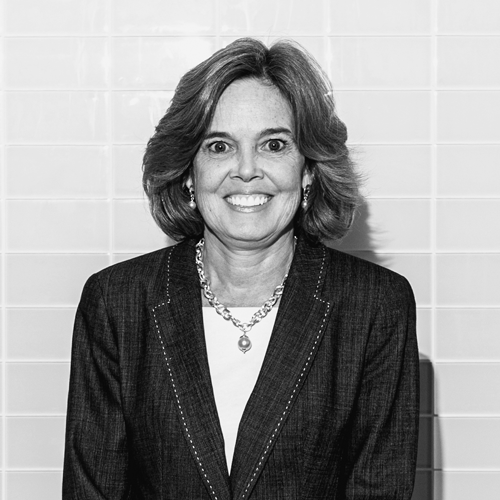
East Jefferson General Hospital has taken the old adage “Two heads are better than one” and applied it to the organization’s highest priority: giving patients the highest-quality care possible.
One of the largest hospitals in Louisiana, East Jefferson General adopted a clinical-integration practice approximately six years ago. The format is one where physicians can work collectively to measure and elevate the quality and outcomes of their patients. Through clinical integration, physicians can take a closer look at how to make healthcare more cost-effective and efficient, as well as at the effectiveness of their peers.
“It creates a structure that allows separate, independent practices to work collectively,” says Dr. Mark Peters, East Jefferson General’s president and CEO. “It also allows employed physicians and independent physicians to work together and [shows] if they can demonstrate that they’re measuring qualities and outcomes that allow them to . . . work with the payers collectively, which is a really important thing for independent physicians.”
Peters has been in his position since 2002. Previously, he served as chief medical officer at Upper Valley Medical Center, and he was a practicing physician for 17 years before transitioning to the administration side of a hospital. After selling his practice, Peters wanted to continue to help people, so he attended conferences and events to educate himself on hospital administration.
The move worked—today Peters is one of the most authoritative voices in the region when it comes to hospital administration. In his 13 years with East Jefferson General, he’s helped the hospital reach more than $1 billion in revenue.
“The big thing for us is that we don’t have all our eggs in any one basket,” he says. “We have had pretty significant growth on the outpatient side of things, and we’re one of the few independent, freestanding hospitals in our general area now. I think continued collaboration and work with our medical staff [is key], and each year we’ve been able to grow the revenue an additional amount.”
The idea of putting clinical integration into East Jefferson General came about when a few doctors who ran one- to two-person practices approached Peters and said they didn’t have much say in their salaries, and they felt that the independent practice of medicine was slipping away. They told Peters about their colleagues at Memorial Herman, who were involved with clinical integration and had been impressed with what they were doing. Peters went with a few other doctors to take a look for himself, and he quickly became a champion of the idea.
“It creates a structure that allows separate, independent practices to work collectively.”
“At the beginning, I fully supported it because I felt it could be helpful as a physician-retention-and-recruitment tool to help preserve private practice,” Peters says. “It’s still that, but I think now—seeing the quality-related issues that are being dealt with—it really gets back to the reason to do it primarily.”
The clinical-integration approach has worked so well for East Jefferson General, in fact, that 11 more hospitals have bought into the idea. One of the biggest reasons for the success, according to Peters, is the improved quality of care. The structure has made it easier for physicians to confront their peers about quality metrics and activity.
“I think that this has helped tie our physicians a lot more closely together—just sharing the information and looking at who are the high performers,” Peters says. “A lot of times I think primary-care physicians have really not known quality information about the specialists they refer to.”
Peters strongly believes that clinical-integration practices have a chance to be a real difference maker in the healthcare industry, and it’s easy to see why. The trend is catching on in the area; all of the HCA hospitals in Louisiana have joined East Jefferson’s efforts. A big reason behind those moves is that they’ve seen the success East Jefferson General has experienced, in addition to the hospital’s high-quality patient care and physician pool.
“The days of getting paid just for volume and nobody asking any questions—if they’re not over, they’re close to being over and about done,” Peters says. “The big thing is that this has been a great vehicle to help us get in a better position as that movement is happening.”

